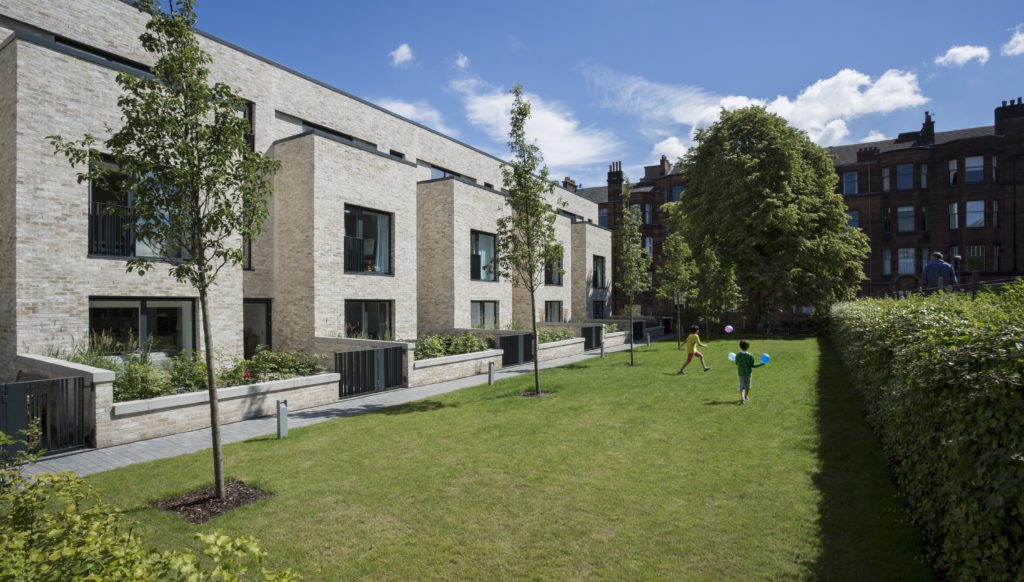
TIMBER SYSTEMS
Versatile timber technologies for a diverse range of applications
Timber construction is the only material that takes carbon from the atmosphere during the growth period and locks that carbon in during the life of its use. It is fundamental in the fight against climate change and cannot be overlooked when requested by clients as a preferred method of build.
There are two markets in the structural timber sector and it is important to appreciate that not one structural timber system is used in one type of application, they are defined as:
– Low and medium-rise buildings
– High-rise and complex buildings
There are also two distinct structural timber technologies, both of which have a significant contribution to carbon reduction and the drive to Net Zero 2050:
– Mass timber systems
– Lightweight timber systems
For context, STA members are engaged in the delivery of timber systems used as structural load-bearing elements and not timber cladding or timber building appendages, such as balconies.
It is vital when considering the risk associated with all construction materials that the design and product type has been fully considered and is suitable for their intended use. STA provides numerous guidance documents for structural timber construction to help clients and constructors alike to make the right decisions.
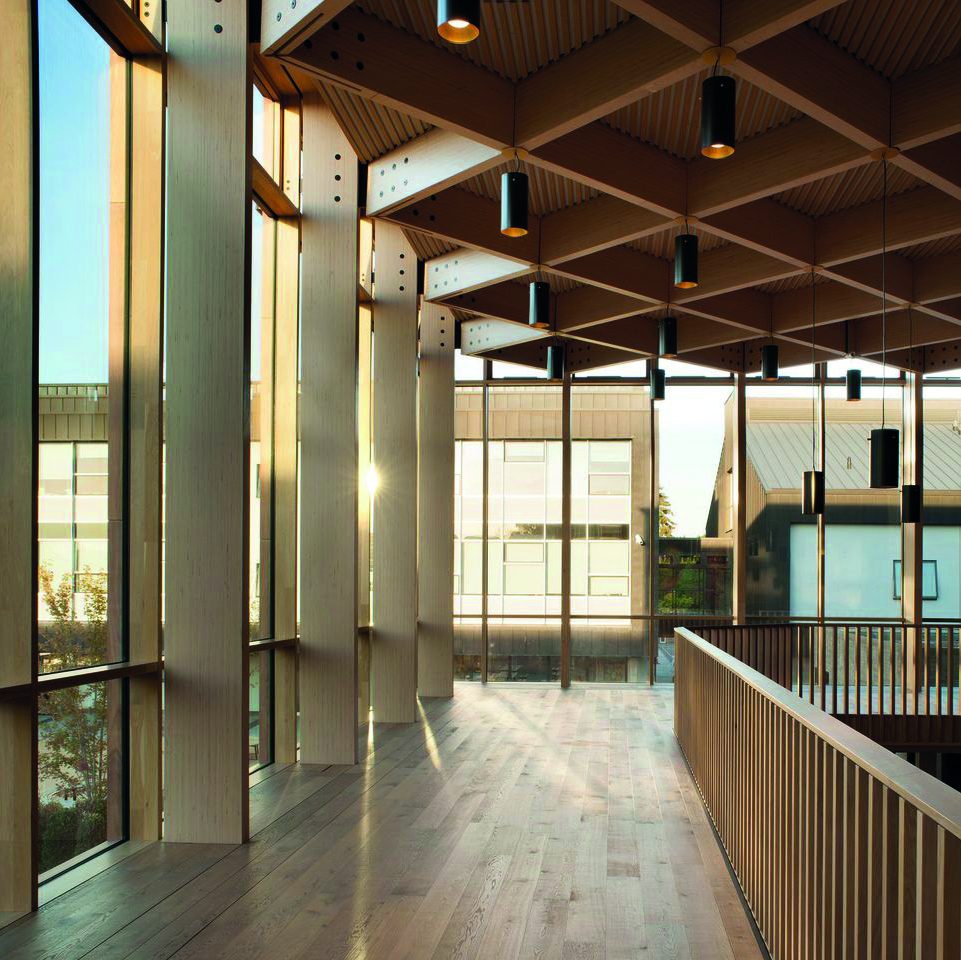
TIMBER SYSTEMS SUMMARY
- Effectively carbon-neutral, organic, non-toxic and naturally renewable
- Quicker build times means fast return on investment
- Offsite construction for quality control
- Compliant with current Laws, Building Regulations and Guidelines
- Cost efficiencies continue throughout building life
- Faster construction requires reduced onsite labour
TIMBER SYSTEM TYPES
These are the structural timber technologies currently used by the global construction industry:
TIMBER FRAME
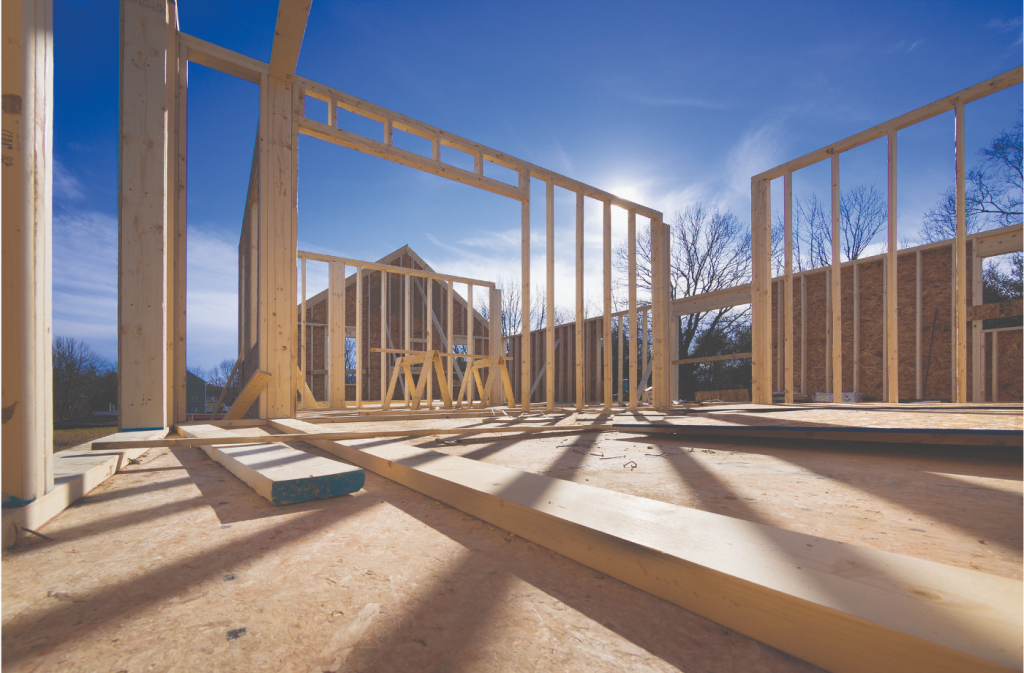
Modern timber frame structures are precision-engineered, strong, and durable. The build method relies on a factory-manufactured timber frame as a means of structural support, carrying the loads imposed by the floors and roofs, before transmitting them to the foundations.
Structural insulated panels
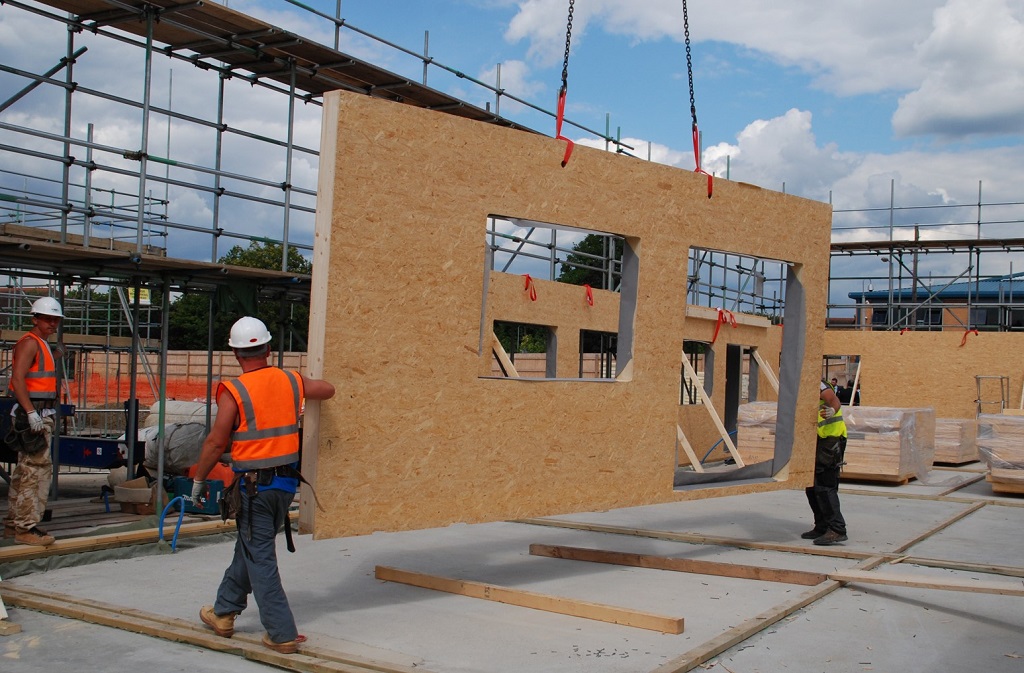
SIPS are an advanced method of construction, exploiting composite panel techniques, and delivering excellent structural and thermal characteristics in one system. SIPS have two parallel faces, usually oriented strand board (OSB), sandwiching a rigid core of expanded polystyrene or polyurethane (PUR) foam.
CLT
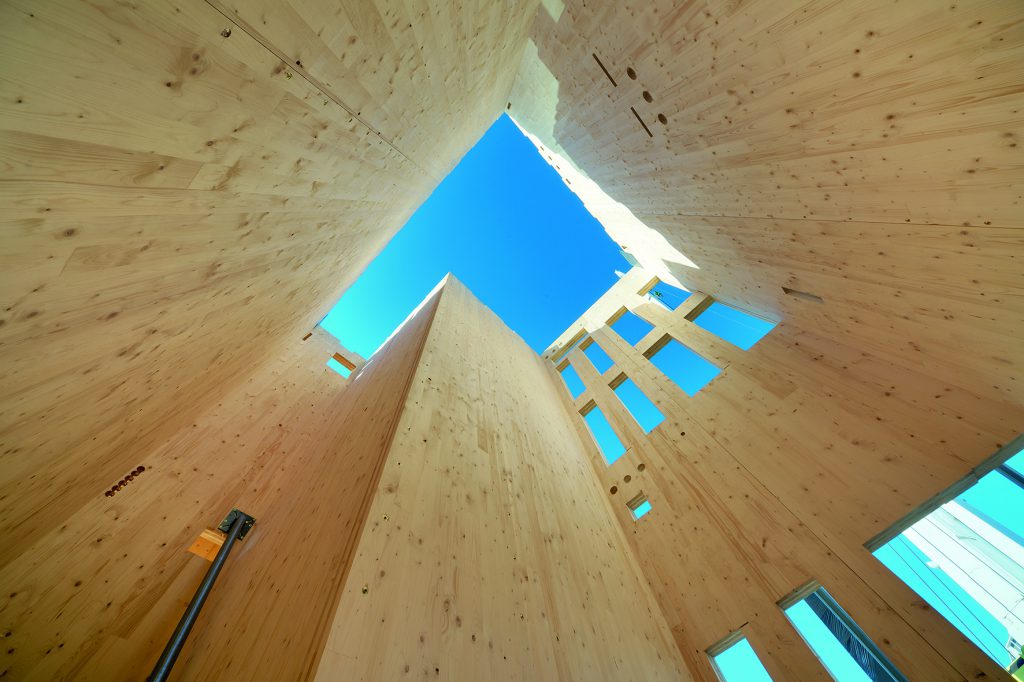
Cross-laminated timber is now extensively used across the commercial, leisure, and education construction sectors. The benefits have been widely acknowledged, but the technology has not been prolifically used in residential developments in the UK, until now. It is in medium-rise developments where the advantages of CLT make it a suitable structural solution.
GLULAM
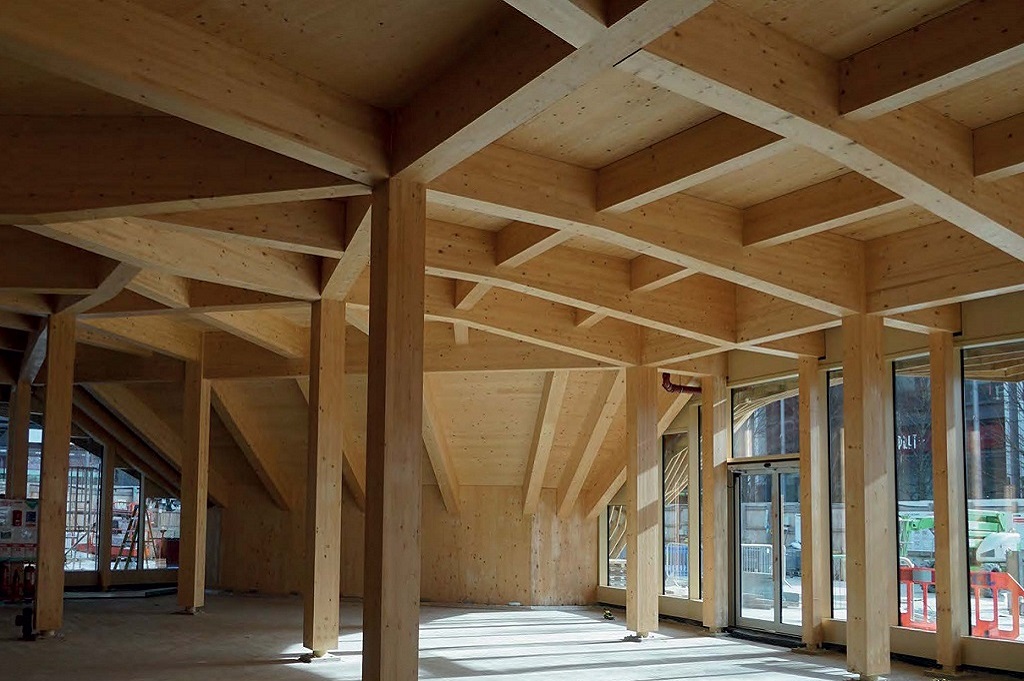
Glued laminated timber or glulam as it is more commonly known, is an engineered wood product, manufactured from layers of parallel timber laminations, normally Spruce or Pine. Individual laminates can be finger-jointed to produce long lengths in accordance with the requirements of BS EN 385:20013. One of the greatest advantages of glulam is that it can be manufactured in a wide variety of shapes, sizes, and configurations, including beams wider than normally available.


